The Science of Bread with WendyFirst - a science experiment with Wendy! Press play!!Storytime! The Little Red Hen with Wendy!A lesson in making bread at home - starring our favorite scientific chef, Wendy!Greetings Paddington friends! One way I have been using my time at home these days is baking fresh bread. There is nothing like having bread still warm from the oven, topped with salted butter. YUM!! It got me thinking a little more about how science is truly all around us in so many things we do around the house. I thought I would talk a little bit about the science of bread-making. I’ve been using a very simple process for bread making. The link to the full recipe is provided below. https://www.jennycancook.com/recipes/faster-no-knead-bread/ Let’s walk through the steps and talk a little bit about some of the science behind the yummy-ness. First, the flour: 3 CUPS OF ALL-PURPOSE FLOUR. I scoop it from the large container into my measuring cup, then I brush off the top bit to make sure the flour is level to the top of the measuring cup. Baking is a very precise science, and it is important to add the correct amounts of ingredients! I add the three cups to a large mixing bowl.
Let cool for at least 20 minutes and enjoy! When you slice into it, you should be able to see lots of tiny holes. Those yeast were busy!! The structure of the holes is maintained by the gluten in the flour. Gluten free breads required other ingredients to help the bread maintain the structure and show the tiny holes. Kelly is here to read "The Magic Hat" by Men Fox! Grab your own magic hat and enjoy a story with Kelly!An update on our butterflies - they have EMERGED!!!
2 Comments
|
AuthorBlog posts are samples of our classroom blogs which are available through password protection to all current families. Archives
January 2022
Categories |
Photos from Marco Verch (CC BY 2.0), quinn.anya, Dzejsenka, evenkolder, SurFeRGiRL30, Littlepixel™, verchmarco, tatianasolera, ianpreston
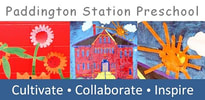
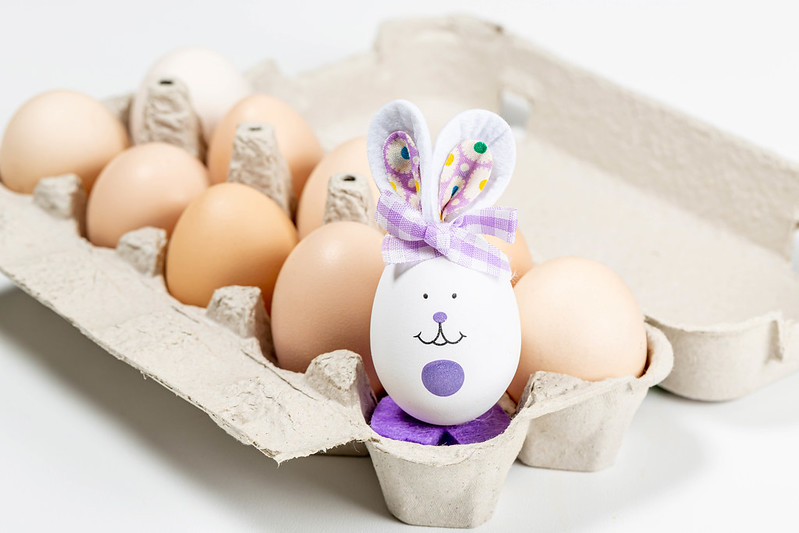

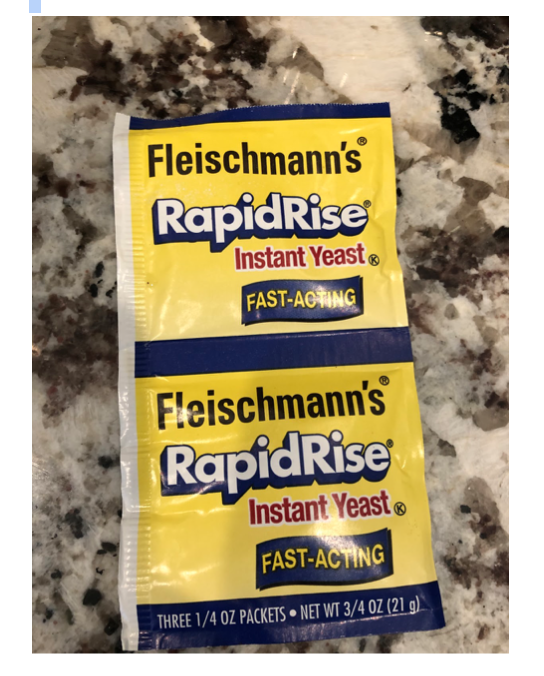
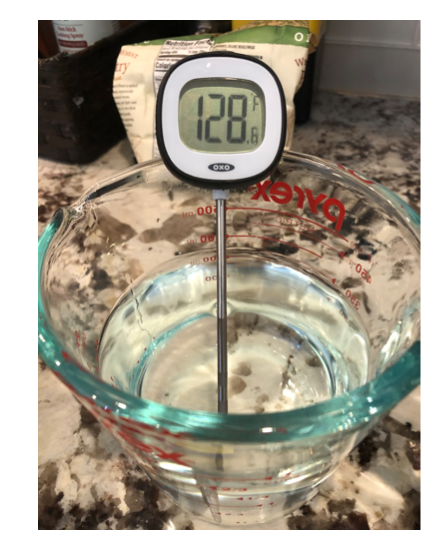
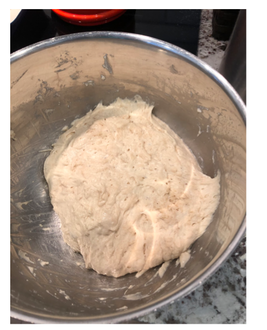
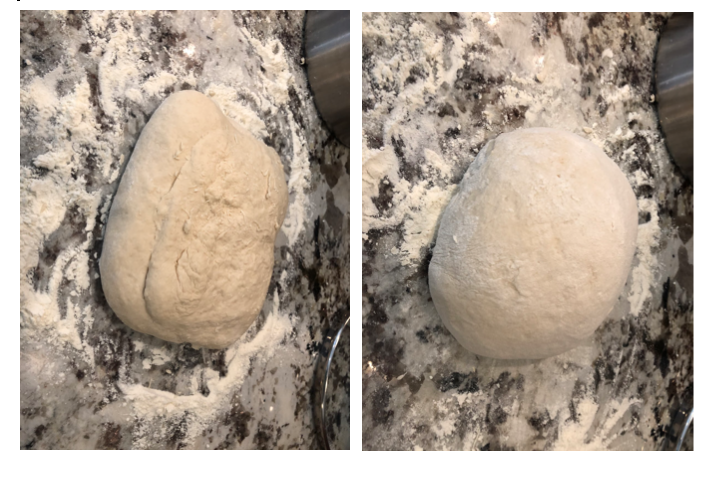
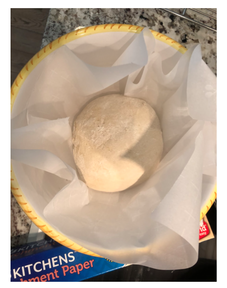
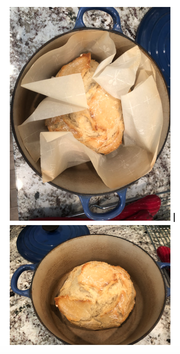
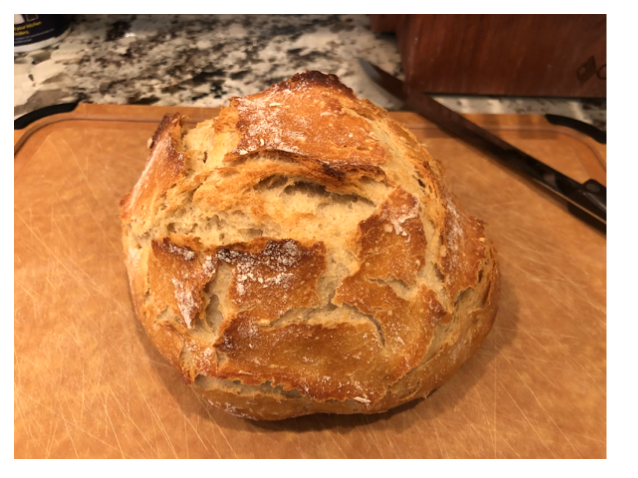
 RSS Feed
RSS Feed